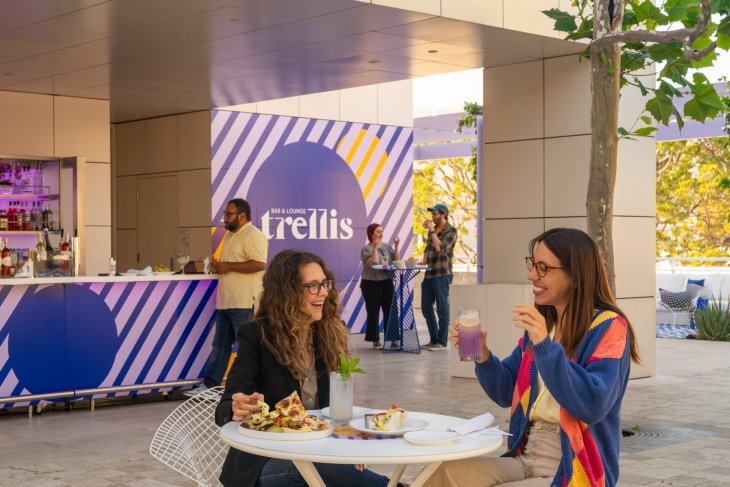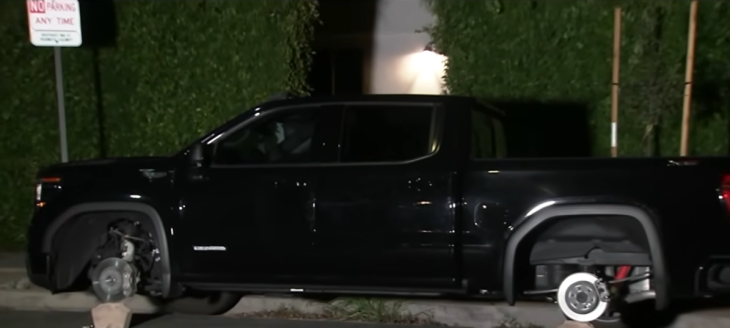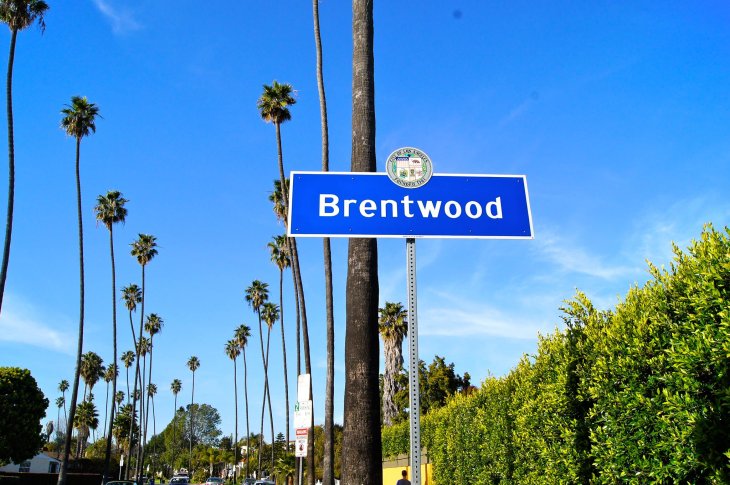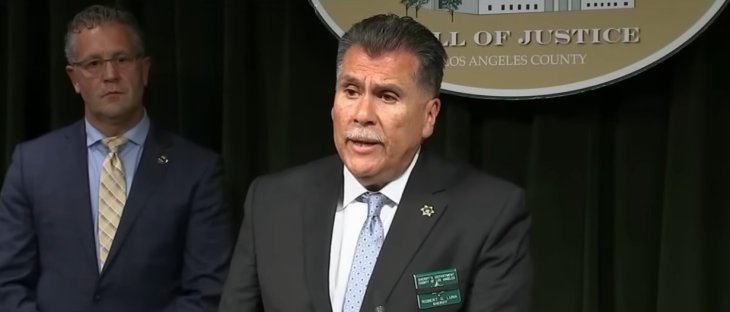The Authority said the drop in violent incidents—down to the lowest level since May 2019—coincided with more uniformed personnel and partnerships to address homelessness, mental health issues, and drug use
Violent crime on Los Angeles Metro dropped nearly 29% in May 2025 compared to the same month a year earlier, transit officials said Tuesday during the agency’s annual “State of the Agency” event, citing efforts to increase visible security and address social service needs across the system.
The Los Angeles County Metropolitan Transportation Authority said the drop in violent incidents—down to the lowest level since May 2019—coincided with more uniformed personnel and partnerships with city and county agencies to address homelessness, mental health issues, and drug use.
Metro officials also reported a 66% decline in operator assaults in the first quarter of 2025, following the completion of a fleetwide retrofit of bus operator barriers in December 2024. The agency became the first in the country to complete such an installation across its entire active fleet.
The updates come as Metro rolls into its 2026 fiscal year under new board leadership. Fernando Dutra, a Whittier city council member, assumed the role of board chair from L.A. County Supervisor Janice Hahn. Metro CEO Stephanie Wiggins joined both officials in outlining key goals and performance metrics.
Among the new fiscal year’s priorities are extensions of major rail lines, including the A Line to Pomona and the first completed phase of the D Line subway extension. Other projects underway include improvements to the G Line, the Southeast Gateway Line, and express lane expansions on the I-105 freeway.
Customer satisfaction has also improved, according to a February 2025 rider survey. Eighty-seven percent of respondents reported being “satisfied” or “very satisfied” with Metro service, and 53% said they had noticed improvements over the past year—primarily in service quality and safety.
In the past year, Metro opened several new transportation hubs, including the LAX/Metro Transit Center, which links two rail lines and 14 bus routes to Los Angeles International Airport. It also launched the 5.5-mile Rail-to-Rail pedestrian and bike corridor in South L.A., and released a draft environmental report for the Sepulveda Transit Corridor, a proposed high-capacity transit line connecting the Valley and the Westside.
Federal funding is also playing a role in Metro’s expansion. The agency secured an $893 million grant for the East San Fernando Valley Light Rail project and continues to push forward on environmental reviews and planning for future corridors.
“As we prepare for global events like the 2026 World Cup and 2028 Olympics, we’re using these moments to secure long-term improvements to LA’s infrastructure,” Wiggins said in a statement.
In addition to construction, Metro plans to roll out new open-gangway subway trains, upgrade mobile payment systems, and launch a consolidated app for riders over the next fiscal year.



























